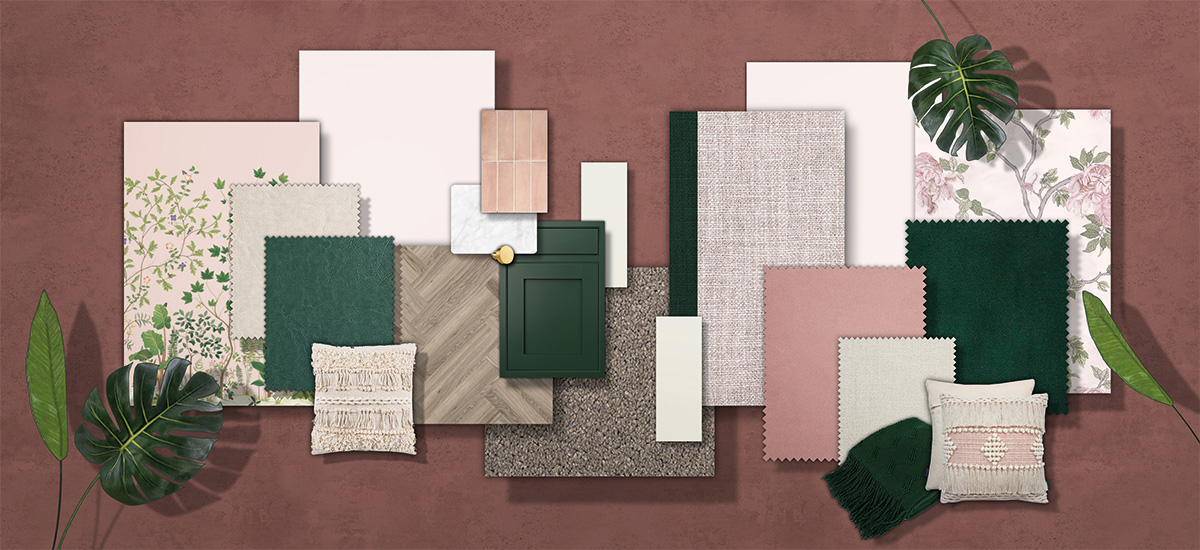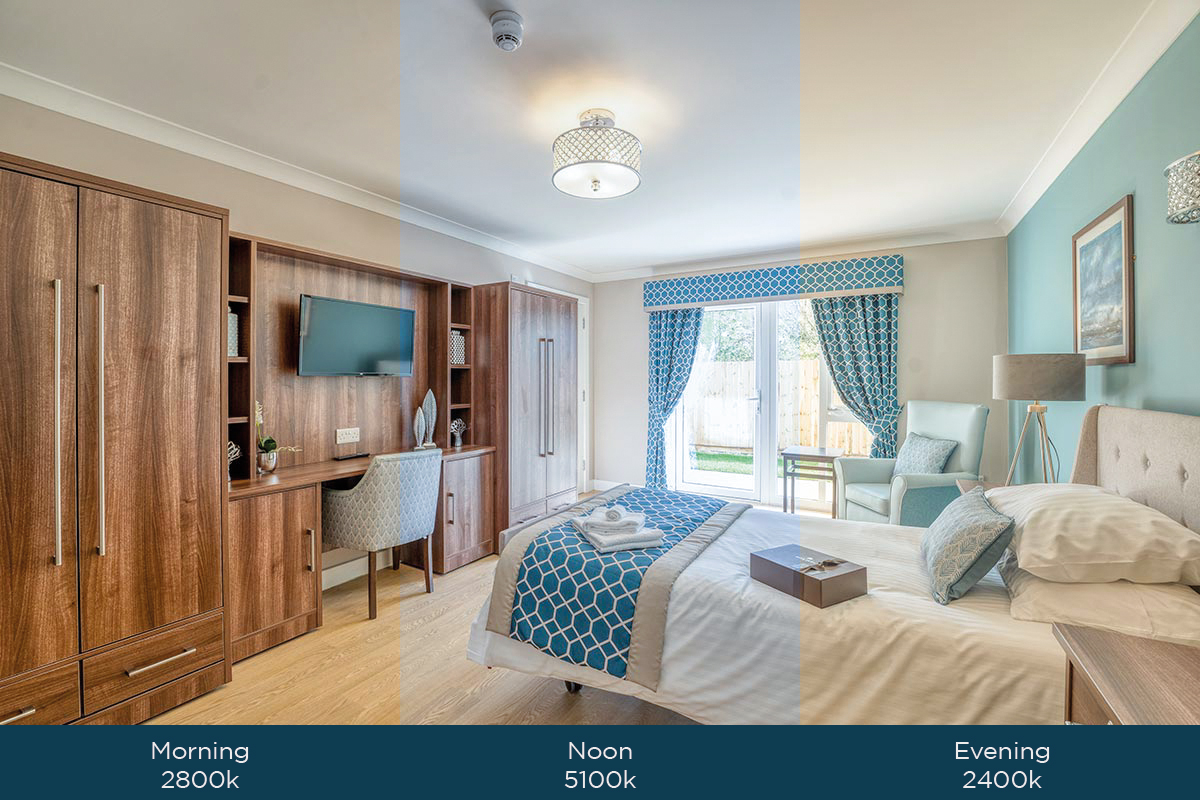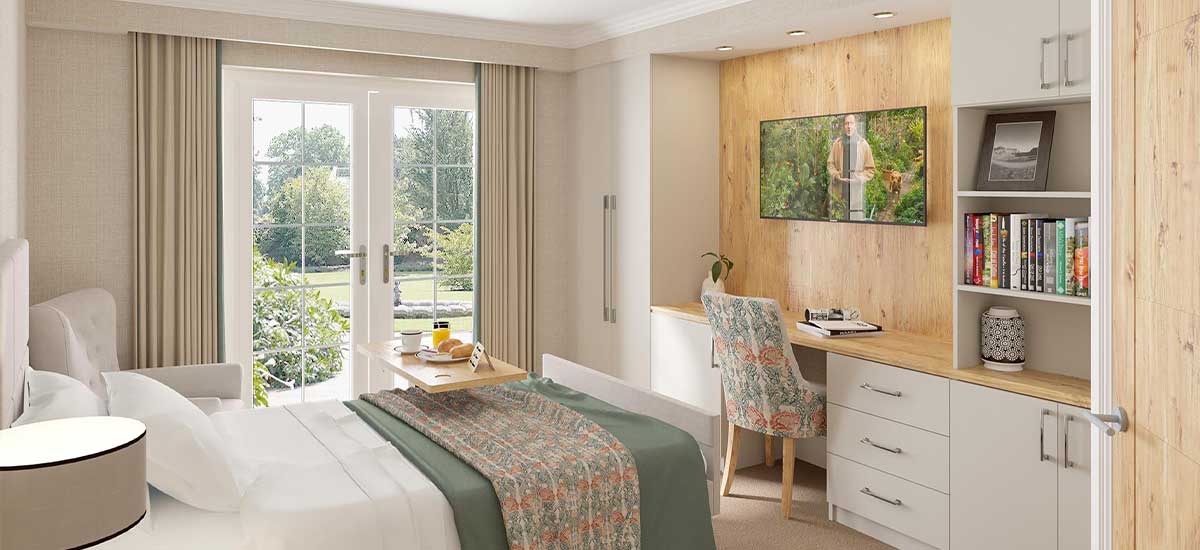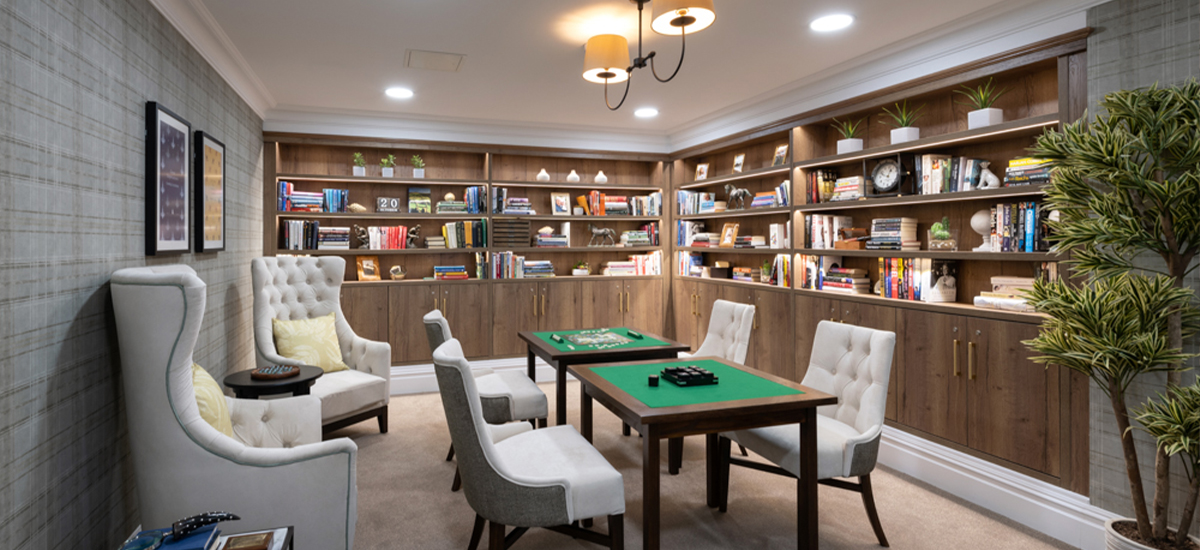We use cookies to make your experience better. To comply with the new e-Privacy directive, we need to ask for your consent to set the cookies. Learn more.
Designing for Dementia: Enhancing Care Homes for Optimal Well-Being

This week is Dementia Action Week (15 - 21 May), this is an awareness-raising campaign run by the Alzheimer's Society and they work with individuals and organisations across the UK to encourage people to act on dementia.
Dementia design has been in the spotlight recently so we thought we would highlight the importance of creating supportive environments for individuals living with dementia. In this article, we will explore some of the key considerations for effective dementia-friendly design in modern care homes.
Understanding Dementia
To create a dementia-friendly care home, it is essential to understand the impact of dementia on individuals. This knowledge helps tailor the physical environment to support cognitive abilities, memory, and spatial perception.
1. Promoting Orentation & Safety
Clear signage, colour contrast, and visual cues aid navigation for individuals with dementia. Effective signage should be readable and incorporate symbols. Safety measures, such as non-slip flooring and rounded furniture edges, reduce the risk of falls. Adequate lighting enhances visibility and minimizes shadows.
Clear signage, colour contrast, and visual cues aid navigation for individuals with dementia. Effective signage should be readable and incorporate symbols. Safety measures, such as non-slip flooring and rounded furniture edges, reduce the risk of falls. Adequate lighting enhances visibility and minimizes shadows.
- Clear contrast between certain surfaces for visual impairment
- LRVs (light reflectance values) to be minimal between flooring type changes – threshold strips to be avoided where possible.
- Clear signage with both text and icons – depending on the individual, one or the other may be less understandable
- BOH doors are decorated as though they are part of the wall so residents avoid wanting to use them.
- Clear, bold colourways for navigation – using a clear colour palette for each floor (particularly when coming out of the lift) can allow residents to clearly see where they are within the home. Using clear signage and artwork cues can help.
- Themed areas of artwork can also help with way-finding e.g. residents may remember the way to the garden based on a floral-themed corridor etc.
- Well-placed activities/objects of interest/furniture within corridors to avoid residents endlessly walking up and down
- Alternative colour toilet seats to show clear definition from toilet
- Mirrors to be avoided or be easily removed for some residents who may no longer recognise themselves/may think someone else is in there
- Alternative mirror placements inside lifts when possible to avoid residents thinking there’s someone already in there when needing to go inside
- Rounded edges on all furniture
- Table height bar spaces to allow residents to sit at them easily (instead of bar stools)
- High slip rating to all flooring avoid falls
2. Creating Familiar & Homely Spaces
Design elements like domestic-style kitchens and memory boxes create a sense of familiarity and stimulate memories. These features encourage conversation among residents and staff, fostering a comforting and engaging atmosphere.
3. Utilizing Light, Nature, & Sensory Stimulation
Access to natural light, garden views, and sensory gardens positively impact well-being. They regulate sleep patterns, improve mood, and reduce agitation. Incorporating tactile surfaces, soothing aromas, and calming sounds enhances the sensory experience, promoting relaxation and reducing anxiety.
4. Embracing Person-Centered Design & Staff Training
Designing with individual needs, preferences, and abilities in mind is crucial. Flexible spaces and personalized bedrooms promote autonomy and independence. Staff training on dementia, symptoms, and communication techniques ensures the provision of person-centred care, creating a supportive environment.
Designing a dementia-friendly care home involves many different things from understanding dementia and its effects though to embracing person-centred design with well-trained staff.
By implementing these concepts, care homes can enhance the quality of life for individuals with dementia. Creating a supportive and engaging environment helps residents navigate their surroundings, reduces the risk of accidents, evokes familiarity, and stimulates positive sensory experiences. Embracing person-centred design and providing staff training ensures that residents receive the necessary support and care they deserve.
Designing for dementia is a collaborative effort that requires empathy, understanding, and ongoing evaluation. By continuously assessing residents' needs and adapting the environment accordingly, care homes can provide a safe, comfortable, and stimulating space that promotes well-being and preserves the dignity of individuals living with dementia.




